Can You Change a Transmission from Manual to Automatic?
Converting a manual to automatic transmission is possible but highly complex. It involves swapping the manual gearbox with an automatic transmission and integrating necessary components like sensors and wiring. The process requires expertise and significant cost, making it a decision that should be carefully considered based on your needs and budget.
Is It Possible to Convert a Manual Transmission to Automatic?
Yes, it is possible to convert a manual transmission to an automatic transmission, but the process is complex and requires significant mechanical expertise. It involves removing the manual gearbox and replacing it with an automatic transmission, along with integrating essential components such as sensors, wiring, and control modules. The conversion also necessitates modifications to the vehicle’s computer system to ensure compatibility with the new transmission. While modern cars often have advanced systems that make this process more challenging, older vehicles may be easier to convert due to simpler mechanical designs. Additionally, aftermarket kits and specialized tools can facilitate the process, but the cost and time involved make it a decision that should be carefully considered. In some cases, partial conversions or alternative solutions, such as automated manual transmissions (AMT) or intelligent manual transmission (iMT) systems, may offer a compromise for those seeking convenience without a full automatic setup.

Key Components Needed for the Conversion
To convert a manual transmission to an automatic transmission, several critical components are required. The primary element is the automatic transmission unit, which must be compatible with the vehicle’s make, model, and engine type. Additionally, a torque converter is essential to replace the clutch system, ensuring smooth power delivery. The transmission control module (TCM) and associated wiring harness are necessary to regulate the automatic transmission’s functionality. Sensors such as the throttle position sensor, vehicle speed sensor, and gear position sensor must also be installed or recalibrated to work with the new system. A cooling system for the transmission may be required, especially for vehicles with high performance or heavy use. Furthermore, modifications to the vehicle’s computer system and potentially the engine management system are needed to ensure seamless integration. Specialized tools and kits, such as transmission swap kits, can simplify the process but may add to the overall cost.
Step-by-Step Process of the Conversion
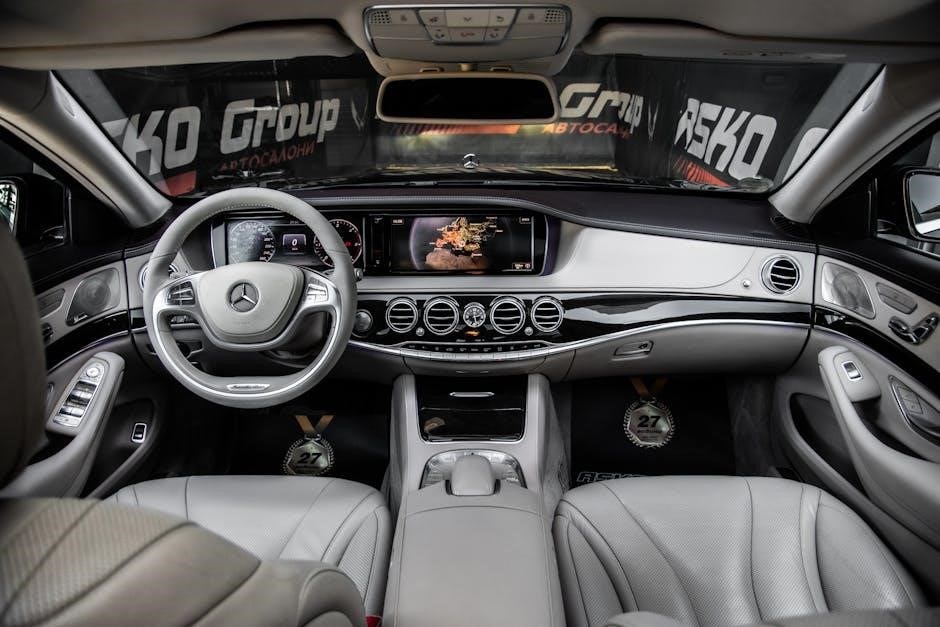
Converting a manual transmission to an automatic transmission involves a detailed, multi-step process. First, assess the vehicle’s compatibility with an automatic transmission and gather all necessary components. Next, disconnect the battery and drain fluids to ensure safety. Remove the manual gearbox, clutch, and associated parts, taking care to label wires and components for reinstallation. Install the automatic transmission, ensuring proper alignment with the engine and chassis. Replace the clutch pedal with an automatic shifter and connect the torque converter to the engine. Integrate the transmission control module (TCM) and rewire the vehicle’s electrical system to support automatic functionality. Reinstall and reconnect all sensors, such as the throttle position sensor and vehicle speed sensor, to ensure proper communication with the TCM. Refill fluids and test the system thoroughly to verify smooth operation. Finally, recalibrate the vehicle’s computer and test drive to ensure everything functions as expected.
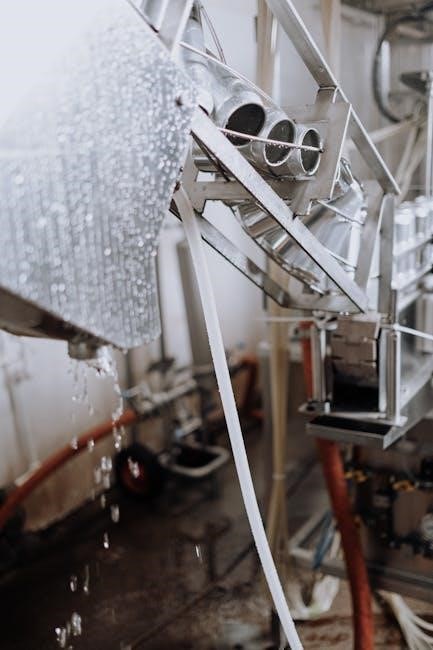
Advantages of Converting to an Automatic Transmission
Converting to an automatic transmission offers several advantages, particularly in terms of convenience and driving ease. Automatic transmissions eliminate the need for manual gear shifting, reducing driver fatigue, especially in heavy traffic or hilly terrain. This makes the driving experience more comfortable and less stressful. Additionally, automatic transmissions provide smoother acceleration and deceleration, which can improve overall performance and control. They are also more suitable for drivers who are less experienced or prefer a hands-off approach to shifting gears. Furthermore, modern automatic transmissions often come with features like cruise control and adaptive shifting, enhancing both efficiency and driving pleasure. For city driving or long commutes, an automatic transmission can significantly improve the overall driving experience. These benefits make the conversion appealing for those seeking a more relaxed and convenient way to operate their vehicle.
Disadvantages of Converting to an Automatic Transmission
While converting to an automatic transmission offers convenience, there are notable drawbacks. The process is highly complex and costly, requiring significant modifications to the vehicle’s drivetrain and electronics. The expense of purchasing an automatic transmission and hiring a skilled mechanic can be prohibitive. Additionally, modern manual transmissions often provide better fuel efficiency compared to their automatic counterparts, especially in older models. For driving enthusiasts, automatic transmissions may lack the control and engagement that a manual gearbox offers. Furthermore, some vehicles may experience reduced towing capacity or performance after the conversion. Maintenance and repair costs for automatic transmissions are typically higher than those for manuals. Lastly, the conversion may void warranties or affect the vehicle’s resale value. These factors make the decision to convert to an automatic transmission a trade-off between convenience and practicality.
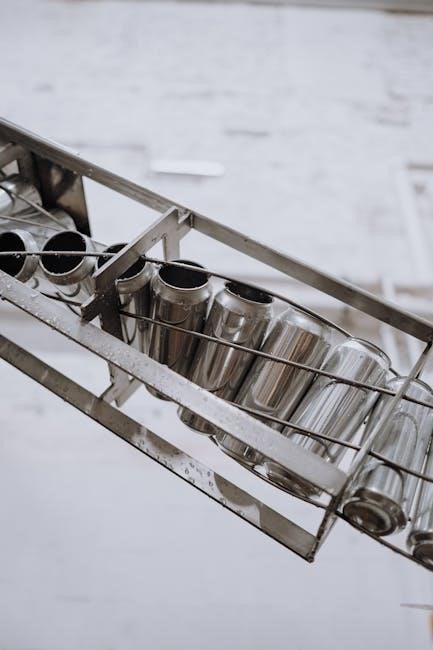
Evaluating the Decision to Convert
Evaluating the decision to convert a manual to automatic transmission requires careful consideration of personal preferences, driving habits, and cost. The convenience of an automatic must be weighed against potential losses in control or efficiency.

Cost Factors to Consider
Converting a manual transmission to an automatic can be costly, with expenses ranging from $250 to $2,500, depending on the vehicle and transmission type. The primary costs include the automatic transmission unit, clutch and flywheel replacement, and labor fees. Additional expenses may arise for compatibility parts, such as sensors, wiring, and software adjustments. If the vehicle requires engine modifications or drivetrain upgrades, the price can escalate further. Some modern vehicles may need advanced components, increasing the overall cost. Professional expertise is often necessary, adding to the bill. While DIY kits exist, they may not cover all necessary modifications, potentially leading to higher costs. Considering these factors, it’s essential to evaluate whether the conversion aligns with your budget and long-term goals. In some cases, purchasing a car already equipped with an automatic transmission might be more cost-effective than undergoing a conversion.
Vehicle-Specific Considerations
The feasibility and complexity of converting a manual to an automatic transmission vary significantly depending on the vehicle’s make, model, and year. For instance, vehicles like the Suzuki Alto or Cultus may require specific engine swaps, such as the K10A engine, to accommodate an automatic transmission. Older models, like the 1996 Nissan Pathfinder, might have more straightforward conversion processes due to fewer electronic systems. However, modern vehicles (post-1995) often involve complex engine control units (ECUs) and CAN bus systems, making the conversion more challenging and expensive. Additionally, certain cars, such as the Toyota GR Corolla, offer advanced transmission options, which may influence the decision. Electric vehicles present unique challenges, as their drivetrains are fundamentally different. It’s crucial to research vehicle-specific requirements and ensure compatibility with the desired transmission type. In some cases, a direct conversion may not be possible without significant modifications, making it essential to consult with specialists or consider alternative solutions.

Alternative Options to Full Conversion
If a full manual-to-automatic conversion is too costly or complex, several alternative options can provide similar benefits. One popular choice is an automated manual transmission (AMT), which combines the simplicity of a manual gearbox with automatic clutch operation. This semi-automatic system eliminates the need for manual clutch engagement, offering a compromise between convenience and driver control. Another option is the intelligent manual transmission (iMT), which retains a manual gearbox but adds automated clutch actuation for smoother starts and stops in traffic. Additionally, some drivers opt for gear vendors or overdrive units, which enhance the existing transmission’s functionality without a full swap. These alternatives are often more affordable and require less extensive modifications, making them attractive for those seeking a balance between convenience and cost. They also preserve the vehicle’s original character while addressing specific driving challenges.
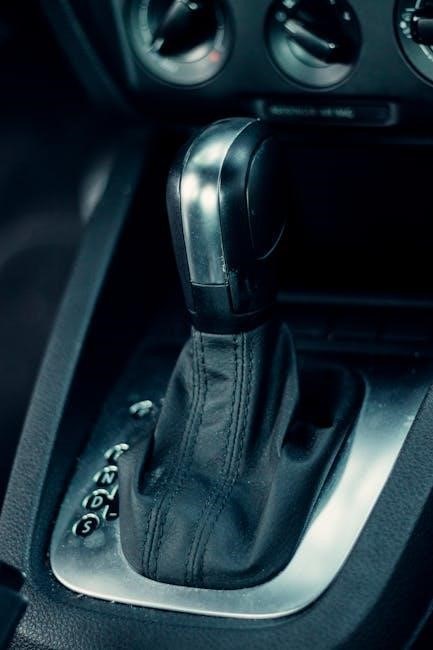
Expertise and Tools Required
Converting a manual to an automatic transmission requires advanced mechanical expertise and specialized tools. A deep understanding of transmission systems, engine compatibility, and electrical wiring is essential. Specialized tools such as a transmission jack, torque wrench, and diagnostic equipment are necessary for the process. Additionally, knowledge of hydraulics and computer-controlled systems is critical for integrating modern automatic transmissions. The complexity of the task often necessitates professional assistance, as improper installation can lead to costly repairs or safety hazards. Without the proper expertise and tools, attempting the conversion can result in failed components or poor performance. It is highly recommended to consult a qualified mechanic or transmission specialist to ensure the job is done correctly and safely.
Final Thoughts on the Practicality of the Conversion
Converting a manual transmission to automatic is technically possible but often impractical for most drivers. The process is complex, costly, and requires significant expertise. For modern vehicles with advanced computer systems, the conversion becomes even more challenging. Unless there is a compelling need, such as accessibility or convenience, it is generally more cost-effective to purchase a vehicle that already has the desired transmission type. Additionally, the resale value and warranty implications must be considered. For those determined to proceed, consulting a professional mechanic is crucial to ensure the conversion is done safely and effectively. In many cases, alternative solutions like semi-automatic or automated manual transmissions may offer a more practical compromise. Ultimately, the decision should be based on weighing the benefits against the significant time, money, and effort required.
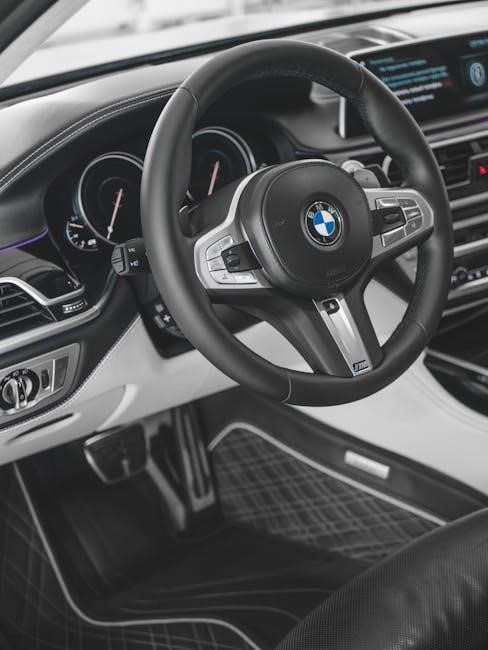
No Responses